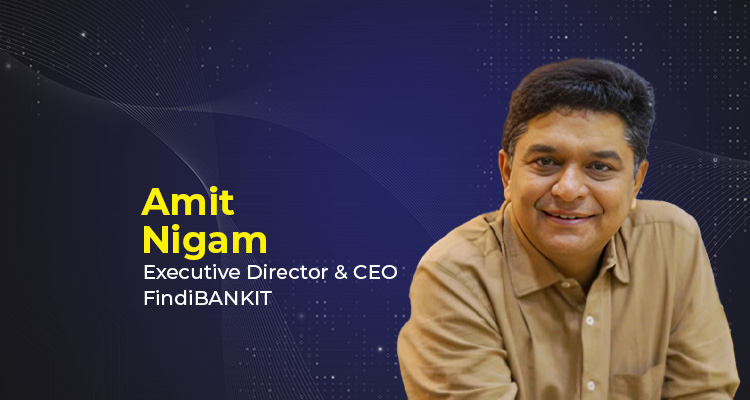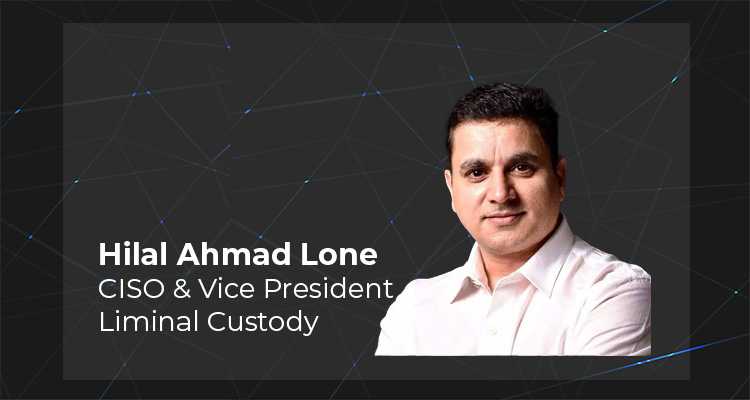For decades, millions of Indians lived on the fringes of the formal financial system. No documentation meant no bank accounts, no access to credit, and no direct government benefits. Financial exclusion wasn’t just about money; it was about dignity and the fundamental right to participate in economic life.
The challenge was immense: how do you bring 1.4 billion people into the financial mainstream? How do you ensure a daily wage worker in rural Uttarakhand has the same access to banking as a software engineer in Bangalore? The solution didn’t lie merely in building more bank branches; it required reimagining identity itself.
The birth of an identity revolution
Launched in 2009 by the Unique Identification Authority of India (UIDAI), Aadhaar was created to provide a unique identity to every resident of India. Today, over 1.4 billion Indians hold Aadhaar, making it the backbone of India’s digital infrastructure.
But Aadhaar is far more than just a number. By linking biometric and demographic data, it has become the gateway to financial empowerment. The FinTech and banking sectors leverage Aadhaar to enable secure account opening, seamless transactions, and reliable service delivery even in the remotest corners of the country.
Building the foundation for inclusion
India’s financial inclusion story is staggering. Over 56.16 crore Jan Dhan accounts have been opened as of August 2025, with 55.7% held by women and two-thirds in rural or semi-urban areas. This depth of inclusion is possible only with low-cost, real-time identity infrastructure.
Aadhaar’s authentication layer alone processed 221 crore transactions in August 2025, a 10% increase year-on-year. This illustrates how Aadhaar is no longer just a system—it is a trusted, everyday utility.
The RBI Financial Inclusion Index has also climbed from 64.2 in March 2024 to 67 in March 2025, showing progress not just in access, but in usage and service quality, key dimensions that turn “accounts” into meaningful financial activity (IBEF).
Direct benefit transfers: Trust in action
Aadhaar-enabled Direct Benefit Transfers (DBTs) have transformed inclusion from promise to reality. By cutting out intermediaries, leakages have been reduced, and citizens now expect benefits to arrive securely and on time. That trust is revolutionary, encouraging people to move from cash under the mattress to formal financial channels.
Across rural India, retail outlets and banking points now facilitate DBT payments via biometric authentication. Beneficiaries can access subsidies, pensions, and welfare payments without traveling miles to a branch. This 24/7 convenience has reshaped how Indians interact with formal finance.
From account to activity: The role of AePS
Accessing banking services was once the biggest hurdle to inclusion. Today, Aadhaar-enabled Payment Systems (AePS) and BC agent networks are driving meaningful usage. A small shopfront in a village can now function as a mini bank, offering cash withdrawals, deposits, balance inquiries, and mini statements from the bank a/c, all authenticated with Aadhaar.
Even basic feature phone users can make payments using their Aadhaar number and fingerprint, a game-changer in low-connectivity areas. The seamless onboarding, powered by Digi Locker-based Aadhaar verification, allows agents and business correspondents to offer services securely and paperless across remote regions.
For institutions like FindiBANKIT, these behaviours are signals: when users trust the system, they are ready for credit, insurance, and savings products. Inclusion is no longer just about access—it’s about building sustainable financial activity.
The road ahead: Depth, resilience, and innovation
The next decade will focus on deepening inclusion while safeguarding trust. As authentication volumes grow, systems must stay ahead of fraud with stronger consent frameworks, liveness checks, and customer awareness campaigns.
Success metrics will also evolve. It’s not enough to count accounts or transactions; we must track usage, benefit predictability, and grievance resolution. Future innovations will layer services atop Aadhaar: micro-loans, bundled insurance, digital health, and education benefits—all authenticated seamlessly.
Empowerment beyond inclusion
Aadhaar’s greatest achievement is enabling dignity in service delivery. Financial inclusion is evolving into empowerment: a pensioner withdrawing money at her doorstep, a student receiving a scholarship without delay, a small trader accessing working capital instantly.
The ultimate measure of success will be when financial inclusion becomes invisible and seamless, integrated into everyday life. Then, Aadhaar and AePS will have truly transformed the flow of opportunity across India.
Send your exclusive thoughts to:
editor@thefoundermedia.com





